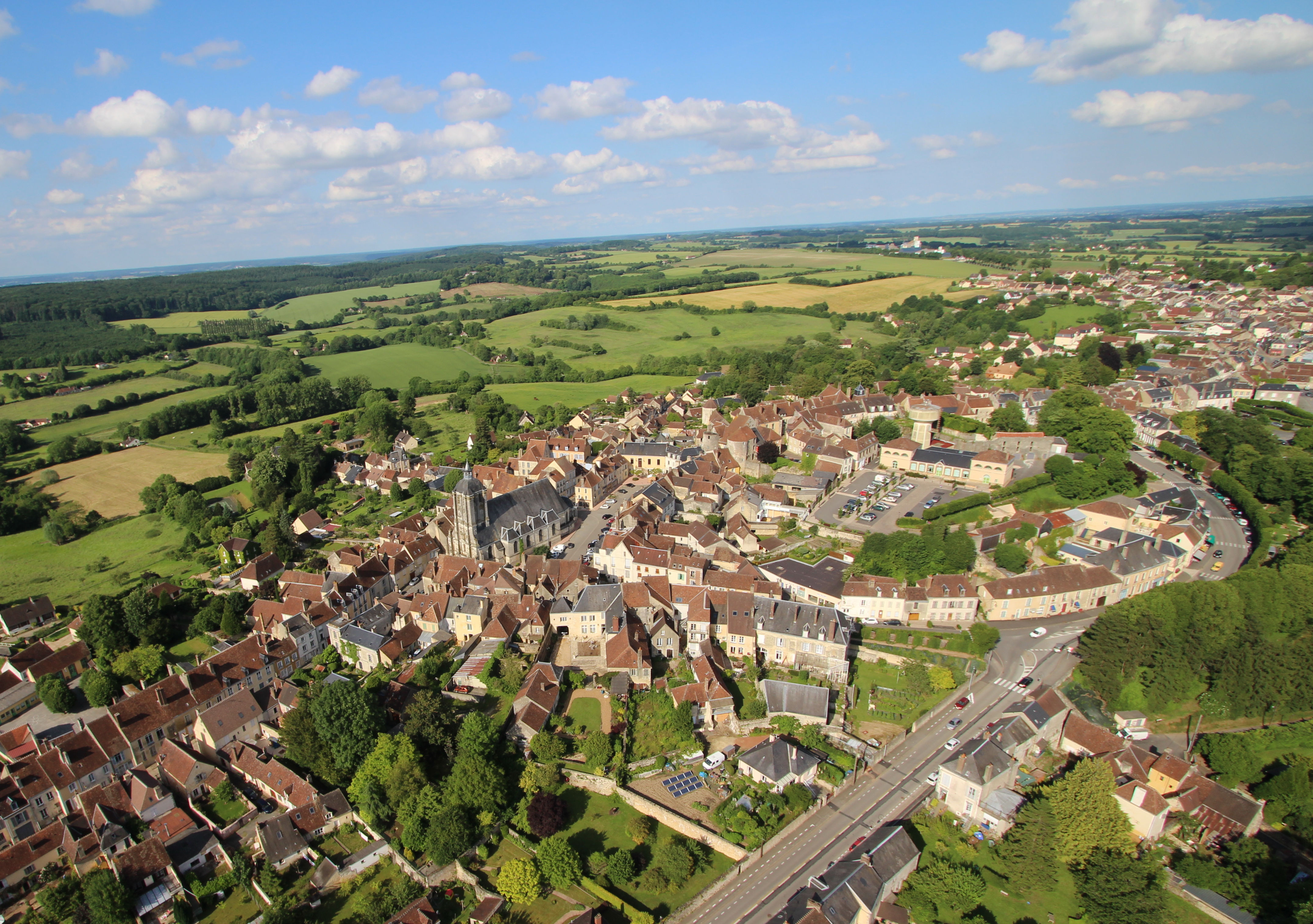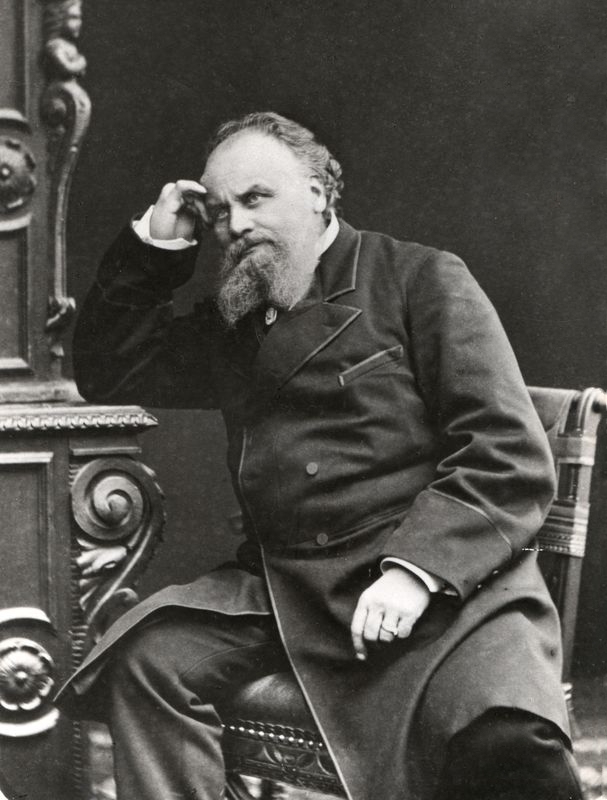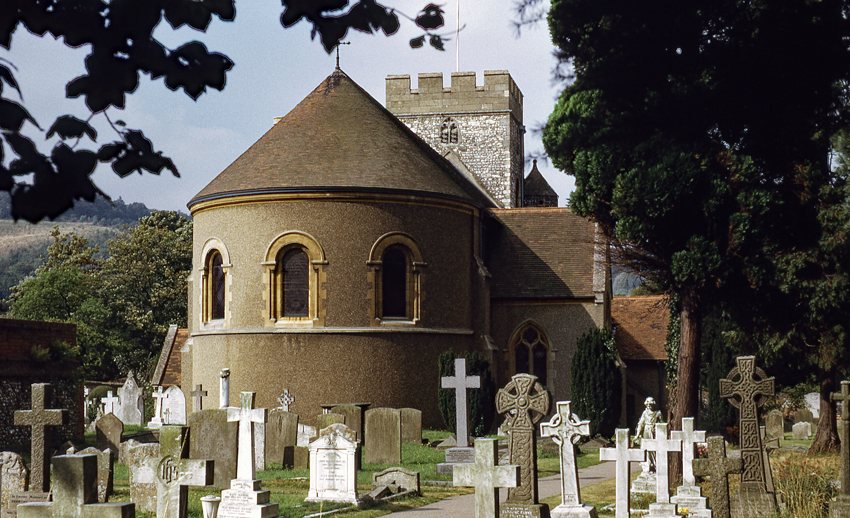|
Bellême
Bellême () is a commune in the Orne department in northwestern France. The musicologist Guillaume André Villoteau (1759–1839) was born in Bellême, as was Aristide Boucicaut (1810-1877), owner of ''Le'' ''Bon Marché'', the world's first department store''.'' This town is possibly the origin of the English and French surname Bellamy''. Location At the heart of the Parc Naturel Régional du Perche, in the Orne Department, Bellême is on a hill that dominates the Perche area. Population Heraldry Sights * Church of Saint-Sauveur 15th century, 16th century, rebuilt between 1675 and 1710. * Crypt of the Saint-Santin Chapel, dating from the tenth century. * Château gatehouse 15th century, and moat. * Remains of the ramparts, bearing a plaque commemorating the capture of the château and the town by King Saint Louis and his mother, Blanche of Castile in 1229. * 17th century and eighteenth century houses. * 17th century Hôtel de ville. * Sundials on rue du Château, place de ... [...More Info...] [...Related Items...] OR: [Wikipedia] [Google] [Baidu] |
House Of Bellême
House of Bellême also referred to as the Family of Bellême was an important seigneurial family during the 10th through the 12th centuries. Members of this family held the important castles of Bellême, Alençon, Domfront and Sées as well as extensive lands in France, Normandy and Maine. Rapid rise to prominence The first known progenitor of this family is Yves de Bellême who was probably the son of Yves de Creil,Yves de Criel and Yves de Bellême are confused by several sources and thought to be the same person by some. Yves de Criel, who was instrumental in saving young Richard I of Normandy would not chronologically be possible to be the same as Yves de Bellême, the subject of this article, who died c. 1005. Geoffrey White believed Yves de Criel was probably the father of Yves de Bellême, which was also accepted by all the French writers, but was of the opinion it should not be stated as fact as it was by Prentout. See: Geoffrey H. White, The First House of Bellême ... [...More Info...] [...Related Items...] OR: [Wikipedia] [Google] [Baidu] |
Perche
Perche () (French: ''le Perche'') is a former province of France, known historically for its forests and, for the past two centuries, for the Percheron draft horse breed. Until the French Revolution, Perche was bounded by four ancient territories of northwestern France: the provinces of Maine, Normandy, and Orléanais, and the region of Beauce. Afterwards it was absorbed into the present-day departments of Orne and Eure-et-Loir, with small parts in the neighboring departments of Eure, Loir-et-Cher, and Sarthe. Toponymy ''Perche'' is known by the following ancient Latin and French toponymic designations: ''saltus Particus'', ''silva Perticus'' before the 6th century, ''pagus quem Pert cnsem vocant'' and ''pagus pertensis'' in the 6th century, ''pagus Perticus'' no date and c. 815, ''Particus saltus'' in the 11th century, ''silva Perticus'' in 1045, '' ePerche'' in 1160 - 1174 and in 1308, ''Perche'' in1238, ''foresta de Pertico'' in1246,Nègre, Ernest (1990). ''Toponymie génér ... [...More Info...] [...Related Items...] OR: [Wikipedia] [Google] [Baidu] |
Communes Of The Orne Department
The following is a list of the 385 communes of the Orne department of France. The communes cooperate in the following intercommunalities (as of 2020):BANATIC Périmètre des EPCI à fiscalité propre. Accessed 3 July 2020. * (partly) * * Communauté de communes Andaine ... [...More Info...] [...Related Items...] OR: [Wikipedia] [Google] [Baidu] |
Robert De Bellême
The name Robert is an ancient Germanic given name, from Proto-Germanic "fame" and "bright" (''Hrōþiberhtaz''). Compare Old Dutch ''Robrecht'' and Old High German ''Hrodebert'' (a compound of '' Hruod'' ( non, Hróðr) "fame, glory, honour, praise, renown" and ''berht'' "bright, light, shining"). It is the second most frequently used given name of ancient Germanic origin. It is also in use as a surname. Another commonly used form of the name is Rupert. After becoming widely used in Continental Europe it entered England in its Old French form ''Robert'', where an Old English cognate form (''Hrēodbēorht'', ''Hrodberht'', ''Hrēodbēorð'', ''Hrœdbœrð'', ''Hrœdberð'', ''Hrōðberχtŕ'') had existed before the Norman Conquest. The feminine version is Roberta. The Italian, Portuguese, and Spanish form is Roberto. Robert is also a common name in many Germanic languages, including English, German, Dutch, Norwegian, Swedish, Scots, Danish, and Icelandic. It can be use ... [...More Info...] [...Related Items...] OR: [Wikipedia] [Google] [Baidu] |
Guillaume André Villoteau
Guillaume André Villoteau (19 September 1759 in Bellême – 27 April 1839 in Tours) was a French musicologist. Biography An ambulant musician, engaged in the dragons, Villoteau then integrated the mastery of Notre Dame de Paris on the eve of the French Revolution. He left the orders and entered the Paris Opera during the Reign of Terror where he became conductor of the choir. The singer François Lays having refused to leave, he took his place in the Commission des sciences et des arts which accompanied the army of the East during the French campaign in Egypt and Syria by Bonaparte. Villoteau was particularly interested in Arabic music. He started from scratch and could not rely on any music score: his interlocutors benefited only from an oral transmission. He had the opportunity to carry out his musical research until Philæ, and collected a valuable collection of instruments bought by his friend François-Joseph Fétis and donated to the Museum of Music of Brussels. His con ... [...More Info...] [...Related Items...] OR: [Wikipedia] [Google] [Baidu] |
Aristide Boucicaut
Aristide Boucicaut (; July 14, 1810 – December 26, 1877) was a French entrepreneur who created ''Le Bon Marché'', the first modern department store. Background Born in Bellême, in the Orne department on 14 July 1810, Boucicaut was the son of the owner of a small shop that sold fabrics, ribbons and other items for a woman's wardrobe. Career Early career Boucicaut worked in the family shop, then, at the age of 18, as a street vendor selling fabrics. In 1834 he moved to Paris and went to work in a novelty store on rue de Bac, the Petit Saint-Thomas, which sold women's clothing, hats, fabrics and other items. He began as a salesperson of shawls, but because of his diligence was soon promoted to head of the department. Au Bon Marché Videau In 1848, the Petit Saint-Thomas closed. Boucicaut had made the acquaintance of Paul Videau, who owned a nearby variety store called Au Bon Marché Videau. He became Videau's partner, and put his new novel ideas of marketing to wor ... [...More Info...] [...Related Items...] OR: [Wikipedia] [Google] [Baidu] |
Goring-on-Thames
Goring-on-Thames (or Goring) is a village and civil parish on the River Thames in South Oxfordshire, England, about south of Wallingford and northwest of Reading. It had a population of 3,187 in the 2011 census, put at 3,335 in 2019. Goring & Streatley railway station is on the main Oxford–London line. Most land is farmland, with woodland on the Goring Gap outcrop of the Chiltern Hills. Its riverside plain encloses the residential area, including a high street with shops, pubs and restaurants. Nearby are the village churches – one dedicated to St Thomas Becket has a nave built within 50 years of the saint's death, in the early 13th century, along with a later bell tower. Goring faces the smaller Streatley across the Thames. The two are linked by Goring and Streatley Bridge. Geography Goring is on the left bank of the River Thames in the Goring Gap between the Berkshire Downs and Chiltern Hills, about north-west of Reading and south of Oxford. Across the river is the B ... [...More Info...] [...Related Items...] OR: [Wikipedia] [Google] [Baidu] |
Communes Of France
The () is a level of administrative division in the French Republic. French are analogous to civil townships and incorporated municipalities in the United States and Canada, ' in Germany, ' in Italy, or ' in Spain. The United Kingdom's equivalent are civil parishes, although some areas, particularly urban areas, are unparished. are based on historical geographic communities or villages and are vested with significant powers to manage the populations and land of the geographic area covered. The are the fourth-level administrative divisions of France. vary widely in size and area, from large sprawling cities with millions of inhabitants like Paris, to small hamlets with only a handful of inhabitants. typically are based on pre-existing villages and facilitate local governance. All have names, but not all named geographic areas or groups of people residing together are ( or ), the difference residing in the lack of administrative powers. Except for the municipal arrondi ... [...More Info...] [...Related Items...] OR: [Wikipedia] [Google] [Baidu] |
Mycology
Mycology is the branch of biology concerned with the study of fungi, including their genetic and biochemical properties, their taxonomy and their use to humans, including as a source for tinder, traditional medicine, food, and entheogens, as well as their dangers, such as toxicity or infection. A biologist specializing in mycology is called a mycologist. Mycology branches into the field of phytopathology, the study of plant diseases, and the two disciplines remain closely related because the vast majority of plant pathogens are fungi. Overview Historically, mycology was a branch of botany because, although fungi are evolutionarily more closely related to animals than to plants, this was not recognized until a few decades ago. Pioneer mycologists included Elias Magnus Fries, Christian Hendrik Persoon, Anton de Bary, Elizabeth Eaton Morse, and Lewis David von Schweinitz. Beatrix Potter, author of ''The Tale of Peter Rabbit'', also made significant contributions to the fiel ... [...More Info...] [...Related Items...] OR: [Wikipedia] [Google] [Baidu] |
Coupe De France
The Coupe de France, formerly known as the Coupe Charles Simon, is the premier knockout cup competition in French football organized by the French Football Federation (FFF). It was first held in 1917 and is open to all amateur and professional football clubs in France, including clubs based in the overseas departments and territories. Between 1917 and 1919, the competition was called the Coupe Charles Simon, in tribute of Charles Simon, a French sportsman and the founder of the French Interfederal Committee (the ancestor of the French Football Federation), who died in 1915 while serving in World War I. The final is played at the Stade de France and the winner qualifies for the group stage of the UEFA Europa League and a place in the Trophée des Champions match. A concurrent women's tournament is also held, the Coupe de France Féminine. Combined with random draws and one-off matches (no replays), the Coupe de France can be difficult for the bigger clubs to win. The compe ... [...More Info...] [...Related Items...] OR: [Wikipedia] [Google] [Baidu] |
Stühlingen
Stühlingen is a town in the Waldshut district in Baden-Württemberg, Germany. It is situated on the border with Switzerland, with a border crossing to the village of Oberwiesen in Schleitheim municipality, 15 km northwest of Schaffhausen town. Location Geographical area Stühlingen is a climatic resort that lies on the Wutach on the southern edge of the Black Forest at an altitude between 449 and 601 metres, directly on the Swiss border near the community of Schleitheim. Neighbouring towns Towns in the neighbourhood of Stühlingen are Schaffhausen (Switzerland), Bonndorf, Blumberg, Stein am Rhein (Switzerland), Waldshut-Tiengen, Singen and Donaueschingen. Town districts The separate communities of Bettmaringen, Blumegg, Eberfingen, Grimmelshofen, Lausheim, Mauchen, Oberwangen, Schwaningen, Unterwangen and Weizen belong to Stühlingen together with 32 further small villages. The Abandoned villages of Ottwangen and Tandlekofen are in the Bettmaringen area. In the ... [...More Info...] [...Related Items...] OR: [Wikipedia] [Google] [Baidu] |
Louis IX Of France
Louis IX (25 April 1214 – 25 August 1270), commonly known as Saint Louis or Louis the Saint, was King of France from 1226 to 1270, and the most illustrious of the Direct Capetians. He was crowned in Reims at the age of 12, following the death of his father Louis VIII Louis VIII (5 September 1187 – 8 November 1226), nicknamed The Lion (french: Le Lion), was King of France from 1223 to 1226. As prince, he invaded England on 21 May 1216 and was excommunicated by a papal legate on 29 May 1216. On 2 June 1216 .... His mother, Blanche of Castile, ruled the kingdom as regent until he reached maturity, and then remained his valued adviser until her death. During Louis' childhood, Blanche dealt with the opposition of rebellious vassals and secured Capetian success in the Albigensian Crusade, which had started 20 years earlier. As an adult, Louis IX faced recurring conflicts with some of his realm's most powerful nobles, such as Hugh X of Lusignan and Peter of Dreux. Simult ... [...More Info...] [...Related Items...] OR: [Wikipedia] [Google] [Baidu] |






